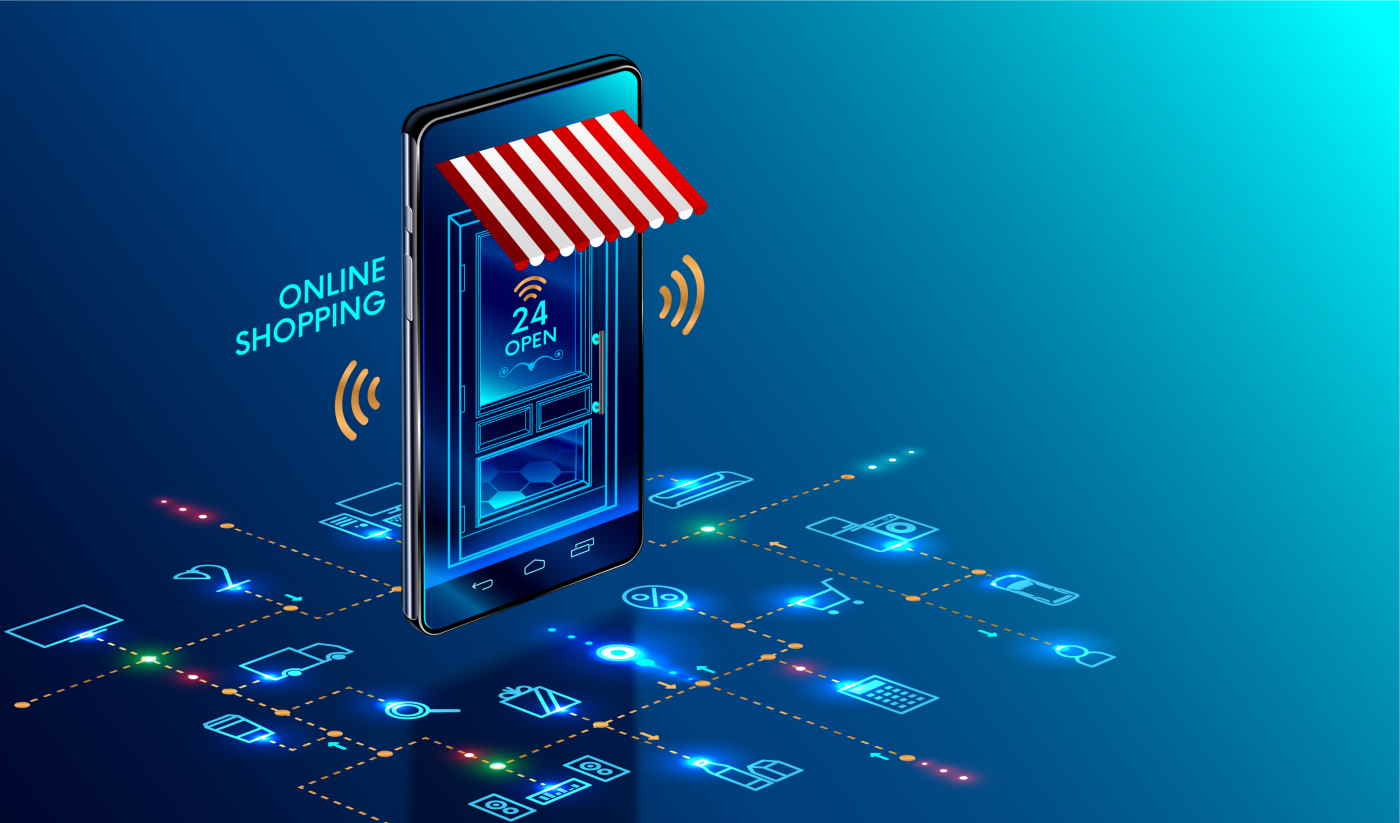
The Future of E-Commerce and Online Shopping: Trends, Innovations, and Predictions
The world of e-commerce and online shopping has undergone a significant transformation over the past few decades. From its humble beginnings as a niche market for tech-savvy individuals to its current status as a multitrillion-dollar industry, e-commerce has evolved at an incredible pace. With the rise of mobile devices, social media, and artificial intelligence, the future of e-commerce and online shopping looks more exciting than ever. In this article, we will explore the trends, innovations, and predictions that are shaping the future of e-commerce and online shopping.
The Rise of Mobile Commerce
Mobile devices have revolutionized the way we shop online. With the majority of internet users accessing the web through their smartphones, mobile commerce (m-commerce) has become an essential aspect of e-commerce. In 2020, mobile devices accounted for over 60% of online transactions, with this number expected to rise to 75% by 2025. The growth of m-commerce can be attributed to the convenience, speed, and accessibility it offers to consumers.
Social Commerce
Social media has become an indispensable tool for e-commerce businesses. Platforms like Facebook, Instagram, and Pinterest have introduced features that enable consumers to purchase products directly from their feeds. Social commerce is expected to continue its upward trend, with 71% of online shoppers stating that social media influences their purchasing decisions. The integration of augmented reality (AR) and virtual reality (VR) into social commerce will further enhance the shopping experience, allowing consumers to try out products virtually before making a purchase.
Artificial Intelligence and Personalization
Artificial intelligence (AI) is transforming the e-commerce landscape by providing personalized experiences to consumers. AI-powered chatbots are being used to offer customer support, while AI-driven recommendation engines suggest products based on individual preferences and purchasing history. Personalization is becoming increasingly important, with 80% of consumers more likely to engage with a brand that offers personalized experiences.
Sustainable E-Commerce
Consumers are becoming more environmentally conscious, and e-commerce businesses are responding by adopting sustainable practices. The use of eco-friendly packaging, carbon offsetting, and green logistics are becoming more prevalent. Moreover, the growth of second-hand and refurbished product sales is reducing waste and promoting sustainability.
Voice Commerce
Voice assistants like Alexa, Google Assistant, and Siri are changing the way we shop online. Voice commerce (v-commerce) is expected to reach $40 billion by 2023, with consumers using voice assistants to search for products, track orders, and make purchases. The integration of voice commerce with smart home devices will further simplify the shopping experience.
Omnichannel Retailing
Omnichannel retailing involves providing a seamless shopping experience across online and offline channels. The rise of click-and-collect, which allows consumers to order online and collect in-store, has blurred the lines between online and offline shopping. Omnichannel retailing is becoming essential, with 73% of consumers using multiple channels to shop.
Same-Day Delivery and Logistics
Same-day delivery and fast logistics are becoming increasingly important, with 60% of consumers willing to pay extra for same-day delivery. The growth of urban logistics and the use of drones and autonomous vehicles will further enhance the speed and efficiency of delivery.
Cryptocurrency and Blockchain
Cryptocurrency and blockchain technology are poised to disrupt the e-commerce industry. The use of cryptocurrency as a payment method will increase speed, security, and transparency. Blockchain technology will also improve supply chain management, authentication, and inventory tracking.
Predictions for the Future of E-Commerce and Online Shopping
Based on current trends and innovations, here are some predictions for the future of e-commerce and online shopping:
- 80% of online transactions will be mobile-first by 2025.
- Social commerce will account for 15% of online sales by 2023.
- AI-powered chatbots will handle 50% of customer support queries by 2025.
- Sustainable e-commerce practices will become a key differentiator for brands by 2025.
- Voice commerce will reach $100 billion by 2025.
- Omnichannel retailing will become the new norm, with 90% of retailers adopting omnichannel strategies by 2025.
- Same-day delivery will become the standard for urban areas by 2025.
- Cryptocurrency will become a mainstream payment method, with 20% of online transactions using cryptocurrency by 2025.
Conclusion
The future of e-commerce and online shopping is exciting, with emerging technologies, changing consumer behaviors, and innovative business models shaping the industry. As we move forward, retailers and e-commerce businesses must adapt to these changes by investing in mobile commerce, social commerce, artificial intelligence, and sustainable practices. By doing so, they will be able to stay ahead of the competition and provide exceptional shopping experiences to their customers.





4 thoughts on “The Future of E-Commerce and Online Shopping”